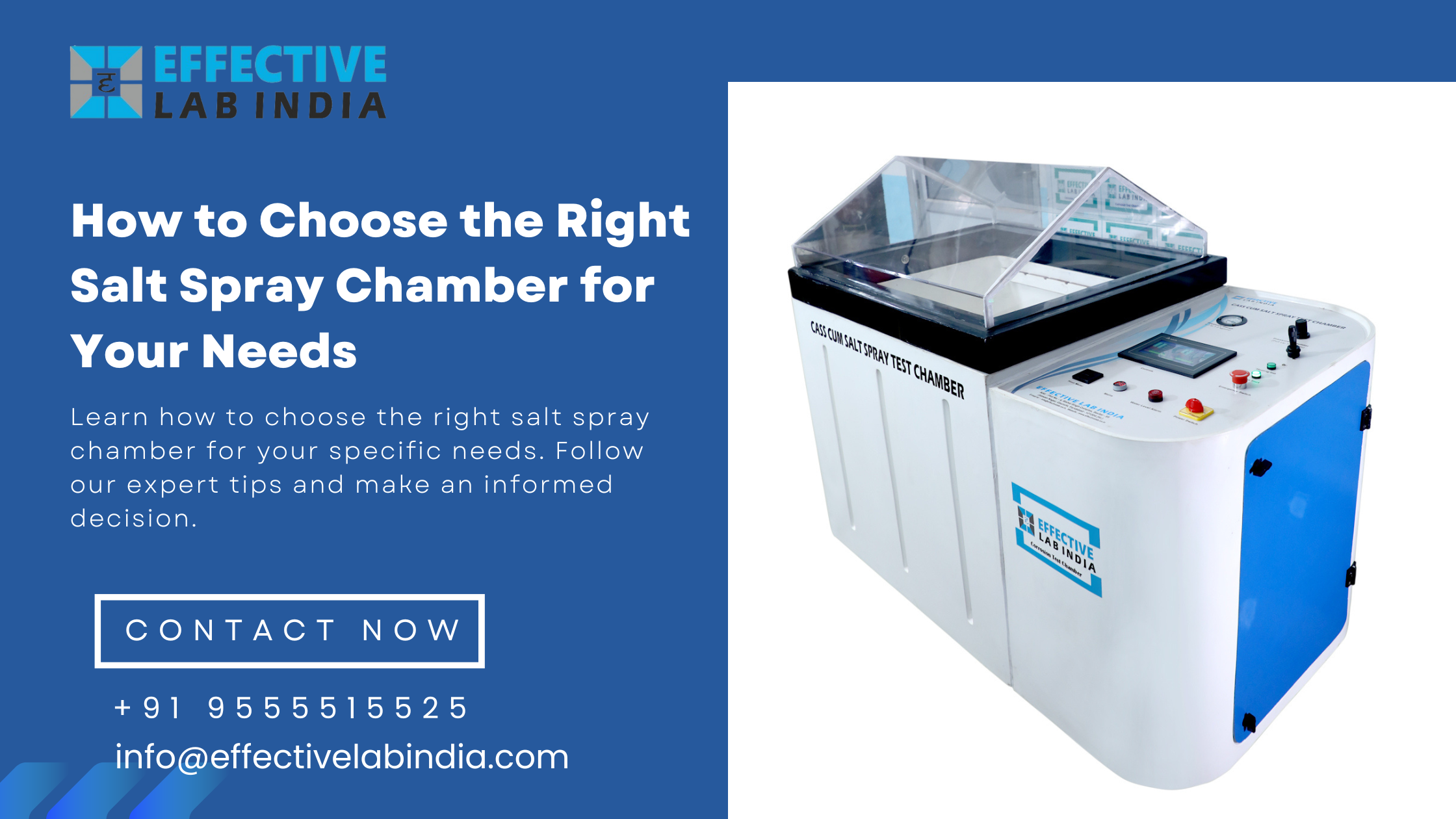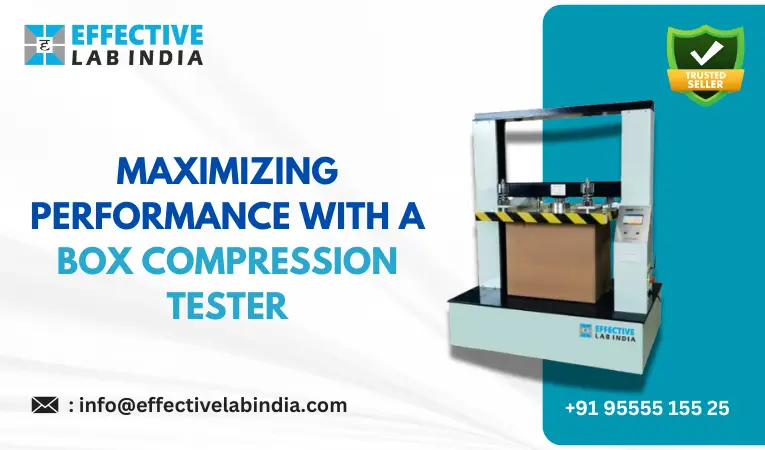
Corrosion is a common issue in many industries, especially in metals and coatings encountered in extreme conditions. That’s why businesses today rely on reliable corrosion testing methods to ensure their products are manufactured in a sustainable manner. The most reliable solution is the salt spray test chamber. But what exactly is it, and why is it the most effective corrosion testing tool?
Corrosion testing is a fundamental test that helps to understand how a material will behave when subjected to a variety of demanding conditions during its use, as well as to estimate the material’s actual life. Corrosion testing aids in forecasting, planning, and reducing the harmful impacts of corrosion that happens on materials when placed in opposing working conditions. The test is commonly used to guarantee that the components and materials used in important infrastructure work optimally in the planned environment and conditions, as well as for an extended length of time. This test is mostly used in metals, steels, ferrous and non-ferrous alloys to determine the occurrence of corrosion.
Why is Corrosion Testing Important?
Corrosion affects more than simply a product’s look; it can also undermine its strength, functionality, and longevity. Corrosion resistance is an important part of quality control in industries that require safety, durability, and reliability, such as automotive, construction, and electronics.
Products exposed to external circumstances, moisture, or chemicals are more likely to corrode. As a result, testing these products prior to release ensures that they will function properly, limiting the possibility of failures, costly repairs, or even accidents.
To undertake material quality testing with corrosion testing, Effective Lab is well-known for providing specialised solutions around the world in the form of high-quality Salt Spray Chambers.
What is a Salt Spray Test Chamber?
The Salt Spray Chamber is the most effective testing tool for determining the corrosion resistance of various metal products as well as alloys of metals. This device creates a salty mist atmosphere, simulating the circumstances that can induce rust and corrosion in the actual world.
Effective Lab provides three types of Salt Spray Chambers: CASS Cum Salt Spray Chamber, Salt Spray Chamber HMI Jupiter, and Cyclic Salt Spray Chamber Model. The test machine produces extremely accurate and trustworthy test results. The instrument meets a variety of national and international standard test techniques. The device includes user-friendly features for easy operation.
Why the Salt Spray Test Chamber is the Best Corrosion Testing Equipment
Quick Result:
Instead of waiting years to see how a product will perform in the tropics, a salt spray test cabinet can speed up the process, providing manufacturers with portable information which it announces in a timely manner.
A cost-effective solution:
The ability to generate years of environmental data saves manufacturers time and money. It can identify potential problems before a product is released, preventing costly recalls or product failures.
A wide variety of Applications:
Test lab salt sprays can be used in industries such as automotive parts, electronics, paints and coatings, making them a versatile and important quality control tool.
It ensures product quality and stability:
Corrosion testing ensures that products meet or exceed customer expectations, improving brand reputation and product reliability. It is especially important in industries that require high levels of safety and sustainability.
Accurate depictions of real world conditions:
The salt spray test chamber simulates the environments materials encounter in the real world, assuring that the results apply to real world conditions This is especially important for industries that require their products to perform under harsh conditions.
Salt Spray Test Chamber Prices in India
The cost of salt spray test chamber in India varies according to the manufacturer, size and material. Upgraded models with features like moisture control, advanced model, larger capacity and conformance to international standards. The cost between ₹2 lakh and ₹8 lakh The pricing also depends on whether the unit is built to meet the requirements of specific industries. Investing in high-quality housing ensures accurate corrosion testing, making it a valuable asset in industries such as automotive, electronics and construction.
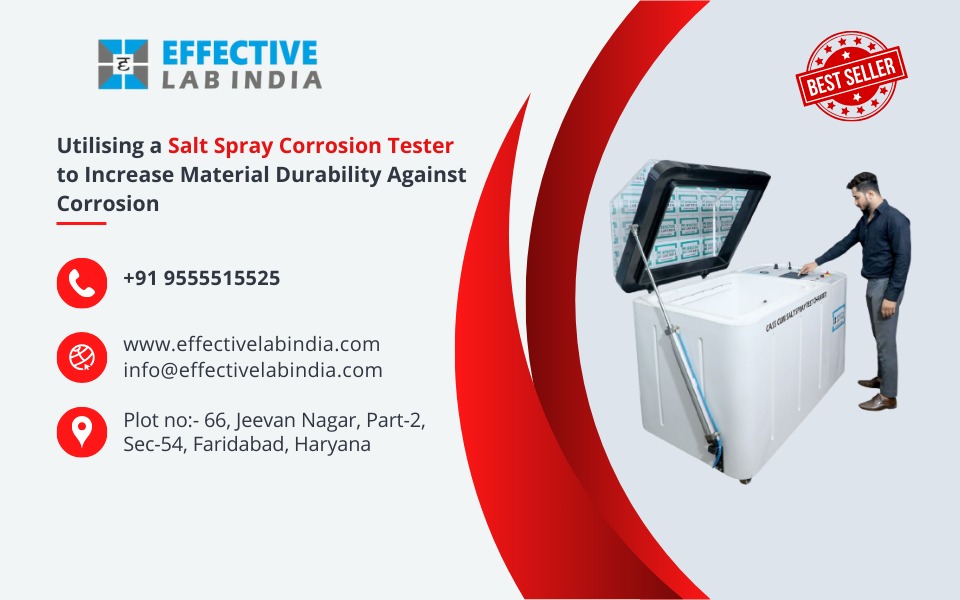
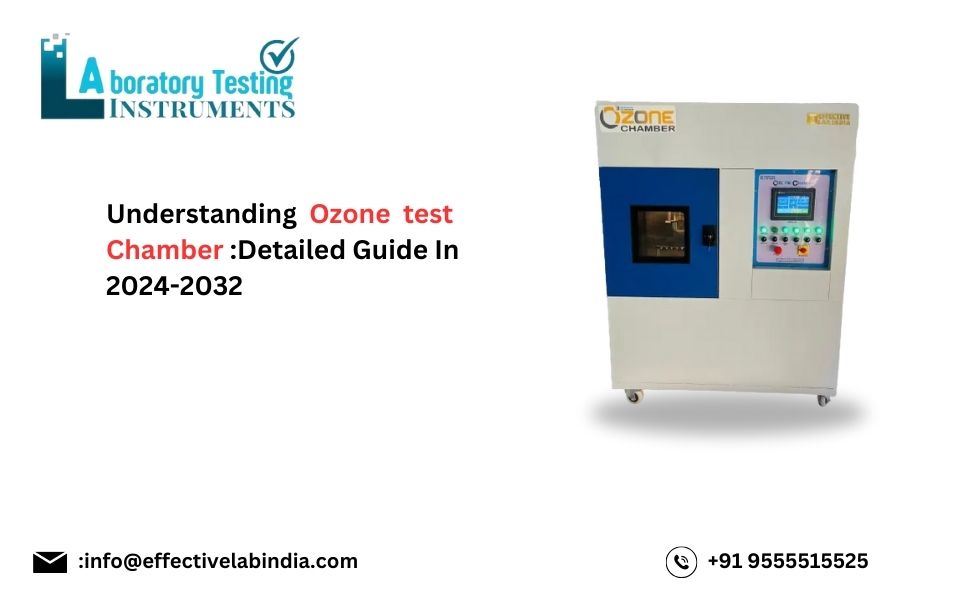
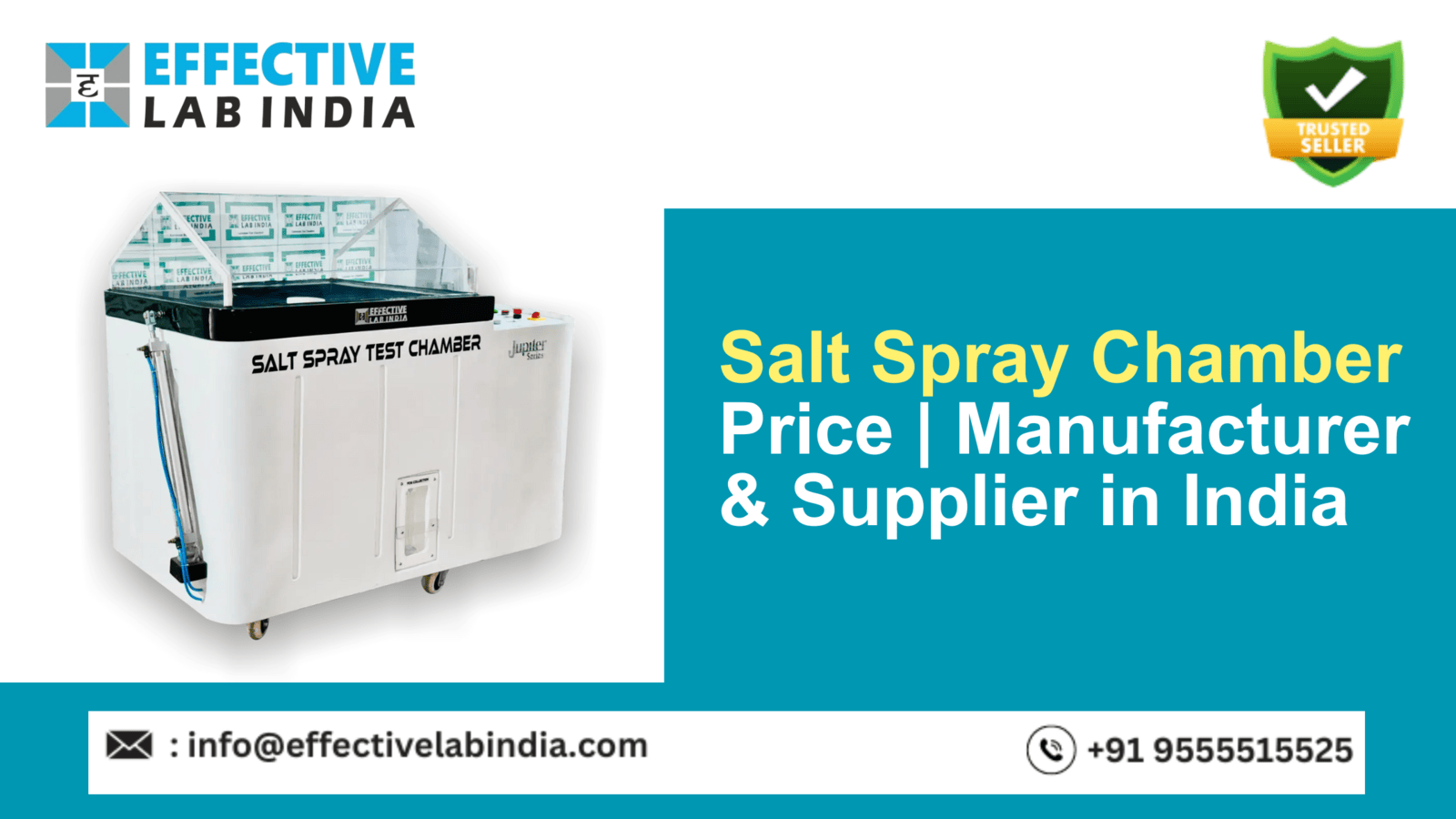
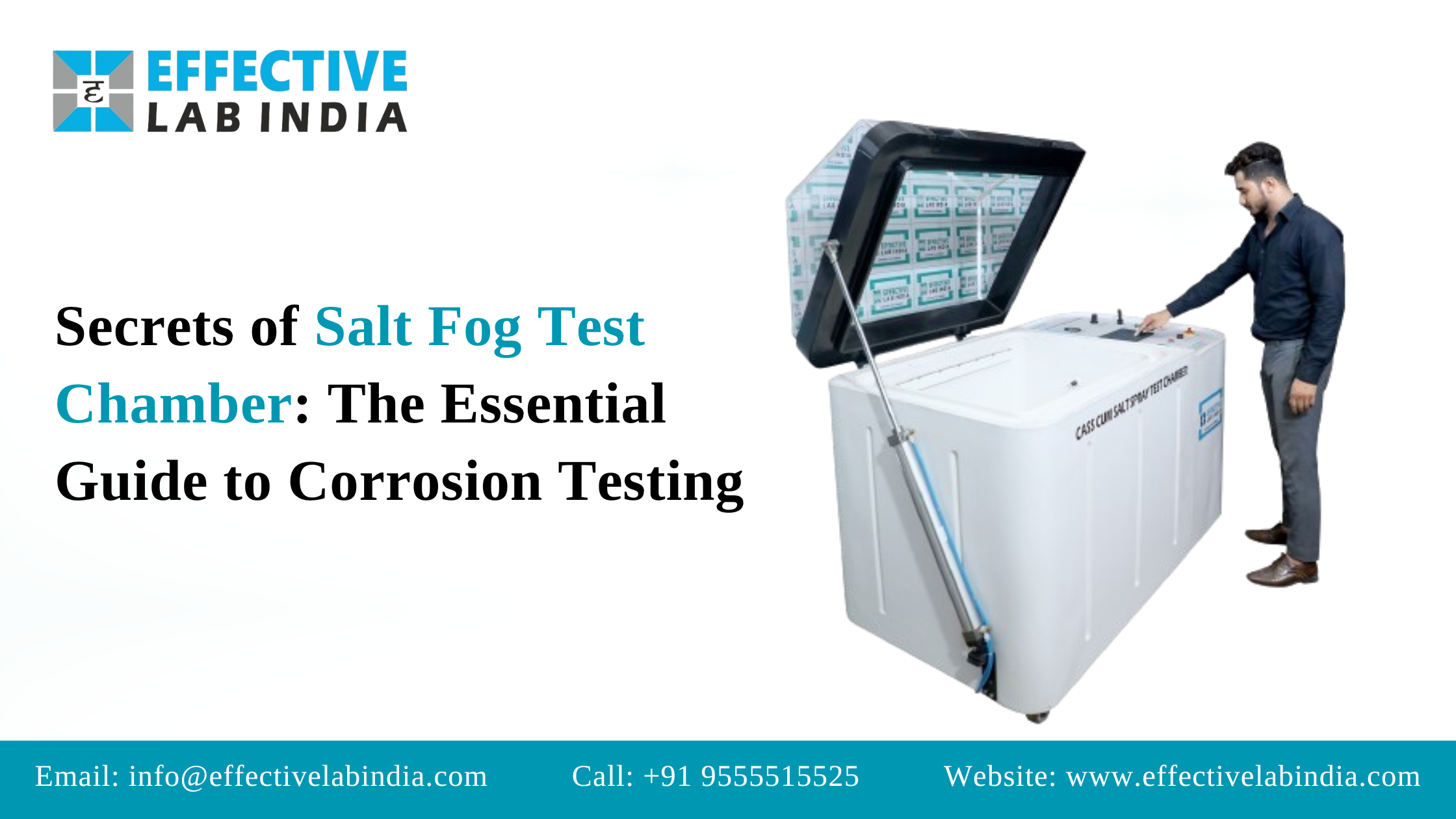
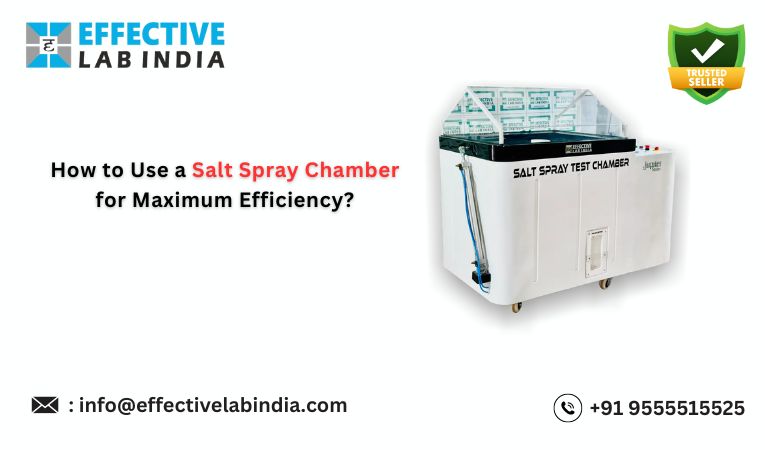 A specialised testing machine used to simulate the effects of materials exposed to saltwater is called a
A specialised testing machine used to simulate the effects of materials exposed to saltwater is called a 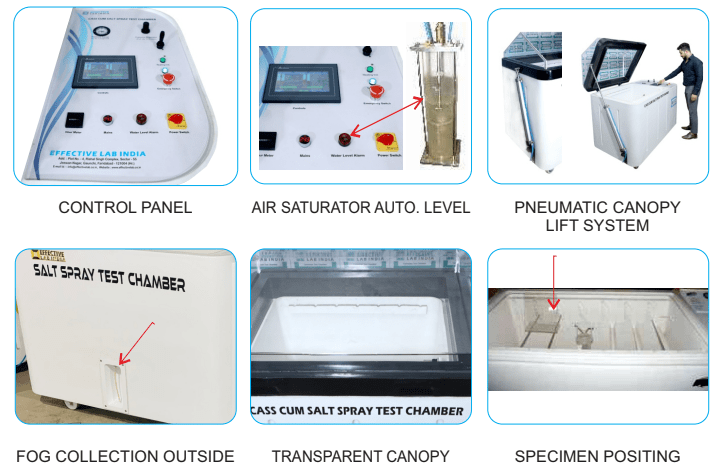
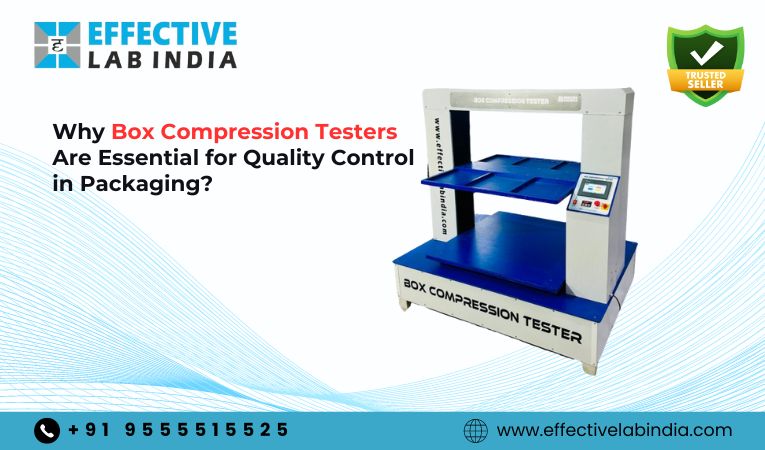 The Effective Lab India
The Effective Lab India 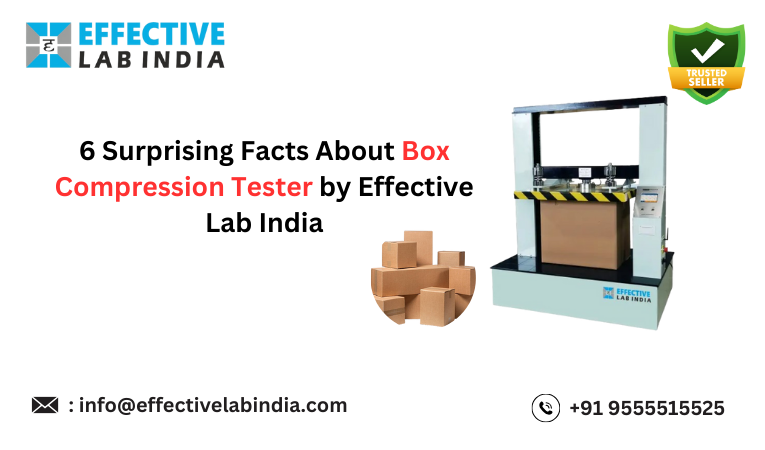 Ensuring the robustness and dependability of boxes is crucial when it comes to packaging. Box compression testers are useful in this situation. These tools are crucial for evaluating the durability and strength of packing materials. However, these tests are far more complex than first appears. Let’s examine the importance of box compression testers in the modern packaging business by exploring 6 remarkable facts about them.
Ensuring the robustness and dependability of boxes is crucial when it comes to packaging. Box compression testers are useful in this situation. These tools are crucial for evaluating the durability and strength of packing materials. However, these tests are far more complex than first appears. Let’s examine the importance of box compression testers in the modern packaging business by exploring 6 remarkable facts about them.